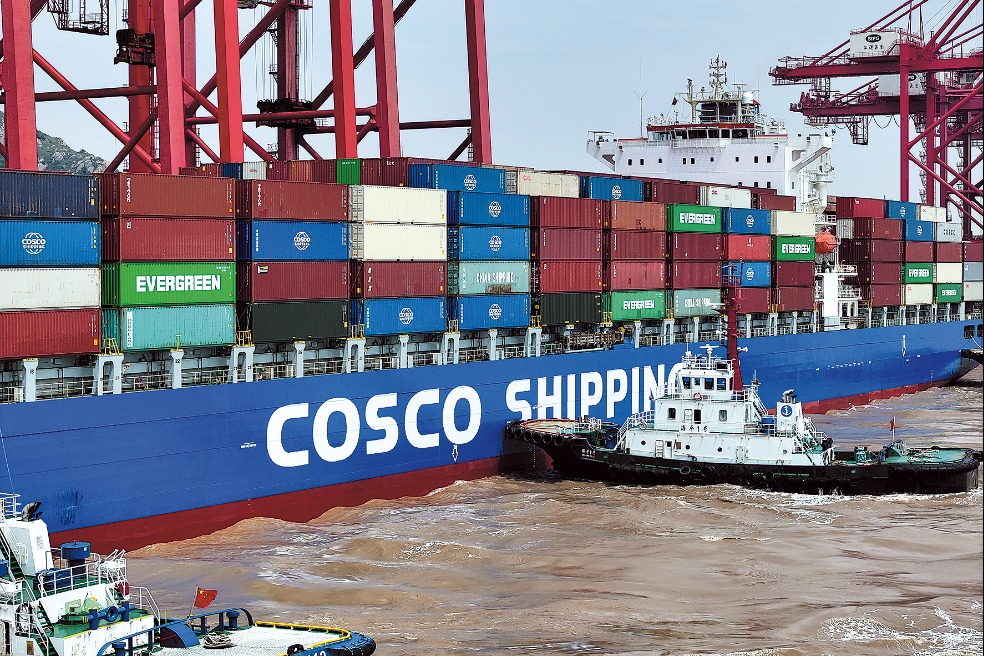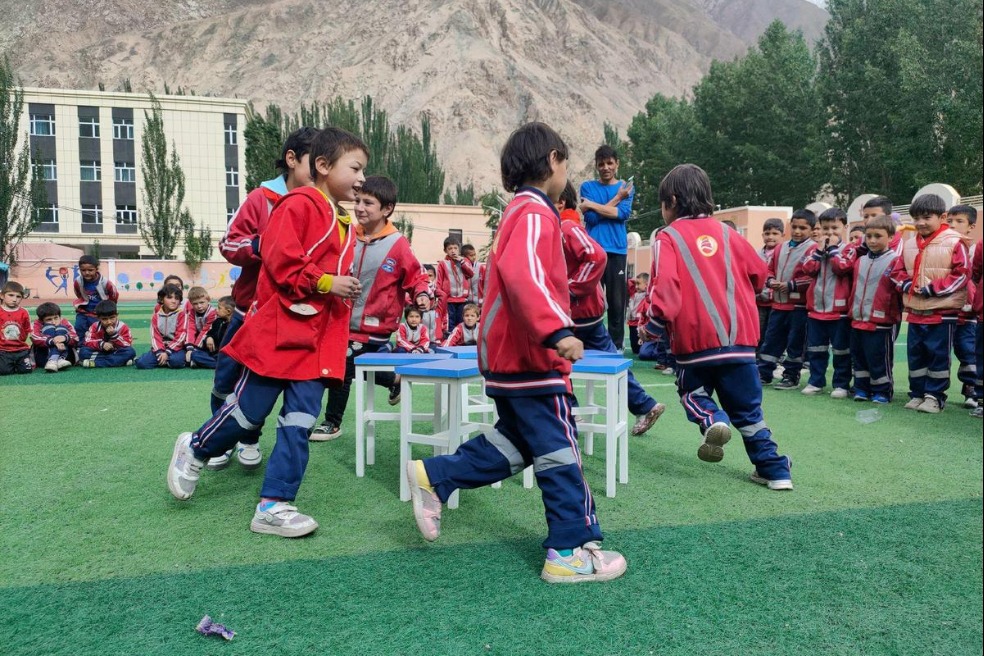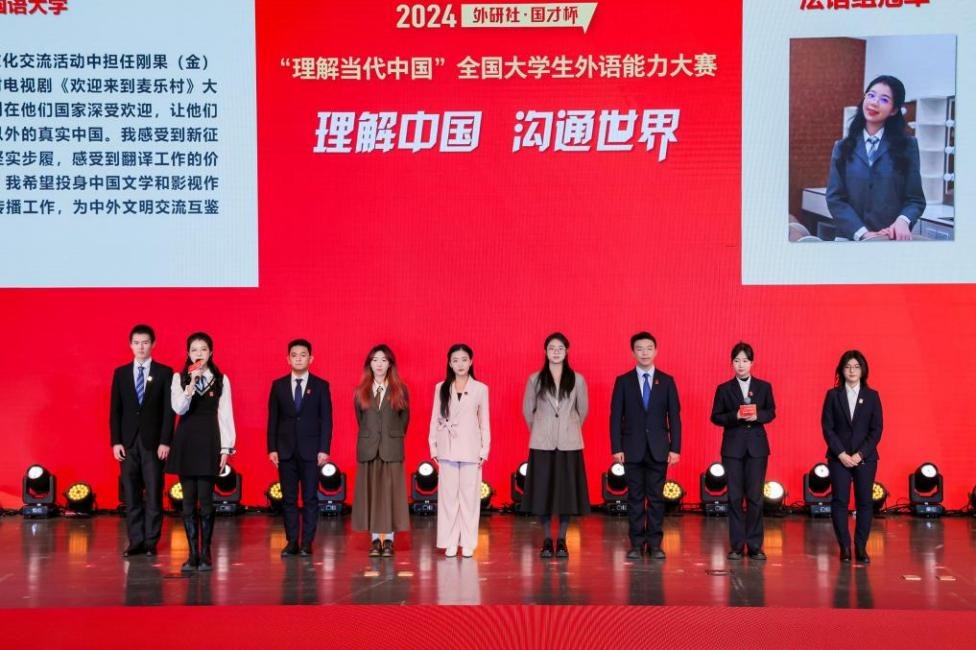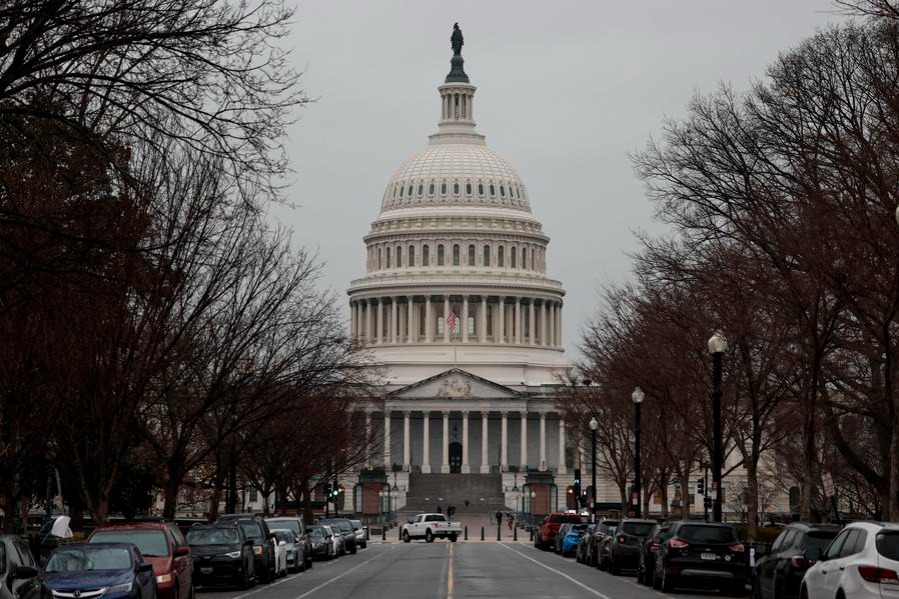A new inclusive paradigm
China-CELAC Forum, the BRI and BRICS are shaping a new kind of globalization amid a changing geopolitical landscape


China's foreign policy, characterized by initiatives such as the China-Community of Latin American and Caribbean States Forum, the Belt and Road Initiative and BRICS Plus, is laying the foundation for a new kind of globalization. These efforts carry significant contemporary geopolitical implications, notably marked by the ongoing competition and rivalry between the United States and China.
In a global landscape marked by economic uncertainties and amid the tariff war initiated by the US government, Latin America and the Caribbean are mapping their destiny, with Brazil playing a tacit leading role.
In his address at the ministerial meeting of the China-CELAC Forum in Beijing on May 13, President Xi Jinping highlighted that trade between China and LAC had surpassed $500 billion for the first time last year. Several initiatives were also launched at the meeting. China and the LAC countries approved two documents — the Beijing Declaration, which reaffirmed both sides' commitment to peace, development and cooperation; and the Joint Action Plan (2025-27), outlining specific initiatives in areas such as technology, trade, investment, infrastructure and Belt and Road cooperation.
The China-CELAC ministerial meeting, which was also attended by Colombian President Gustavo Petro and Chilean President Gabriel Boric, served as a platform for the expansion of the BRI, with more than 20 countries in the region already being signatories. On this occasion, Colombia joined the BRI, and Brazil signed a cooperation agreement to develop synergies within the BRI framework.
The coordination nexus between emerging powers and the Global South is further strengthened by the expansion of BRICS, which has become another geopolitical focal point of the new multipolar era. The upcoming BRICS Summit in Rio de Janeiro in July 2025 presents a new opportunity to encourage the foundations of a renewed global consensus that must consider the diverse voices of the Global South.
By 2025, the LAC region will find itself at the nexus of a new geopolitical landscape, shaped by major-power competition. This marks a pivotal historical moment as the region seeks fresh horizons for development. China presents a concrete opportunity for LAC to diversify its economic, cultural and political relations by engaging with the Asian continent, the new center of global economy. Concurrently, this strategic reposition poses a significant challenge, as the US historically views the LAC region as its natural sphere of influence.
In recent years, discussions surrounding a shifting world order, primarily triggered by the China-US rivalry, have intensified. Since the early 21st century, "China's rise and its global impact" has remained a central topic for world leaders, policymakers, international institutions, scholars and the media. Within this evolving context, innovative political frameworks such as the BRI and BRICS Plus are essential for fostering greater economic and cultural interconnectedness among countries in the Global South. Building the foundations for a new, inclusive globalization, led by major emerging powers, demands a revitalized global governance architecture.
The emergence of these new institutions further strengthens the coordination nexus between emerging powers and the Global South, thereby becoming a geopolitical focal point in the new multipolar era.
Amid profound systemic changes and the perceived decline of the US as a hegemonic power — no longer considered a reliable partner by allies and rivals alike — China's role as the largest developing country and a major emerging power becomes crucial. It is instrumental in re-establishing trust among nations, based on a revamped foundation of inclusive globalization, which should be institutionalized through a global governance reform.
Inclusive globalization can be fostered through several key approaches. First, by upholding the principles of the United Nations Charter. Second, by defending the legacy of the Global South, which famously articulated the Five Principles of Peaceful Coexistence at the Bandung Conference, celebrating its 70th anniversary this year. Third, the concept of building a community with a shared future for mankind holds significant importance. This idea is grounded in recognizing a new, non-imperialist, multipolar reality where intercivilizational coexistence gains a philosophical dimension of community, centered on humanism and cosmopolitism. Finally, an inclusive globalization entails a new paradigm of development cooperation, exemplified by China's 2021 document — China's International Development Cooperation in the New Era. In this document, China positions itself as a reliable global actor offering international public goods.
China seeks to deepen its relationship with the LAC region through the China-CELAC Forum, the BRI and BRICS Plus at a time when the region is demonstrating its own voice and playing a relevant role in global politics. This ongoing process invites us to rethink the international architecture and alternative horizons for human civilization with the aim of overcoming systemic chaos by consolidating an inclusive, plural and interconnected globalization based on international law.
The author is an associate professor at Pontifical Catholic University of Minas Gerais, Brazil, and coordinator of graduate course of Contemporary China. The author contributed this article to China Watch, a think tank powered by China Daily. The views do not necessarily reflect those of China Daily.
Contact the editor at editor@chinawatch.cn.

































